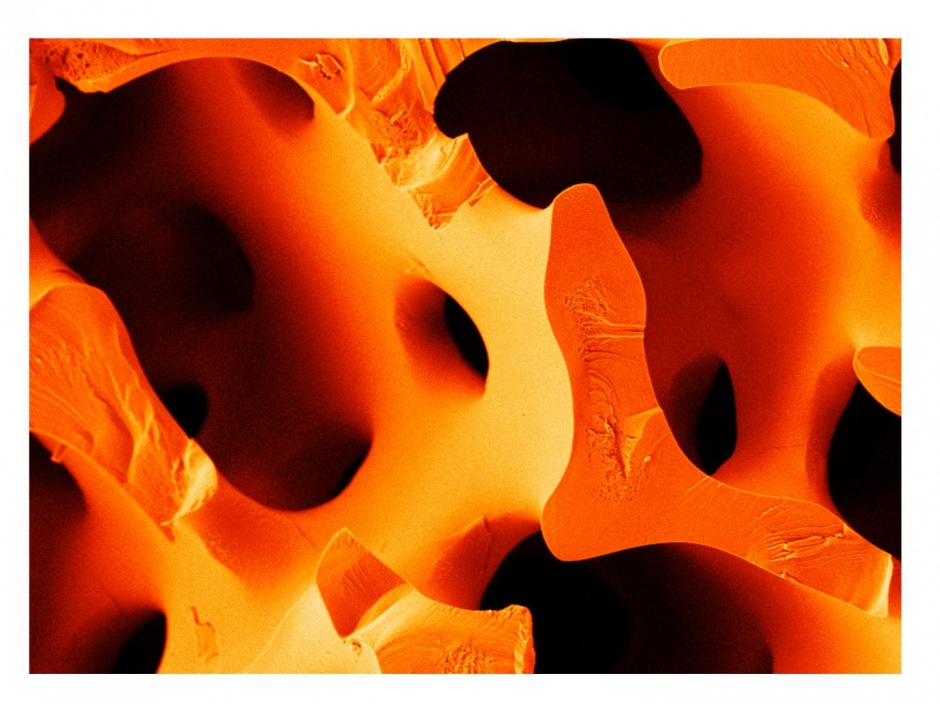
Despite being made mostly from calcite, which is usually very brittle and fragile, sea urchin spines are actually very strong thanks to a nanoscale “bricks and mortar” arrangement whereby layers of brittle crystalline blocks of calcite are interspersed with softer disordered layers. When force is applied to the brittle calcite, its crystalline block does crack, but the energy is then transferred to the soft disordered layer. Since this material has no cleavage planes to tear, it prevents further cracking.
By applying the same principle to the synthesis of cement, a team from the university’s Physical Chemistry department claim to have demonstrated cement with unprecedented fracture resistance.
Project leader Professor Helmut Cölfen describes the process as "encoding fracture-resistance at the nano-level". In this case, it meant identifying a material that bonds only with cement nanoparticles and nothing else in the cement. About ten negatively charged peptide combinations were identified that both adhere to and bond materials well.
In collaboration with the University of Stuttgart, the team was able to use an ion beam under an electron microscope to cut a bar-shaped micro-structure out of the nanostructured cement that was three micrometres in size.
This microstructure was then bent using a micro-manipulator. As soon as it was released, the microstructure returned to its original position. Mechanical values could be calculated based on the elastic deformation of the microstructure.
Based on these calculations, the optimised cement achieved a value of 200 megapascals. By comparison, mussel shells - which are the gold standard in fracture-resistance - reach a value of 210 megapascals, which is only slightly higher. The concrete commonly used today has a value of two to five megapascals.
The group claims that a pillar made of this cement could be built 8,000 metres high, or ten times as high as the current tallest building in the world, before the material at its base would be destroyed by its weight. Normal steel, which has a value of 250 megapascals, could only reach 3,000 metres in height.
The team’s research is reported in the journal Science Advances.




Nanogenerator consumes CO2 to generate electricity
Whoopee, they've solved how to keep a light on but not a lot else.